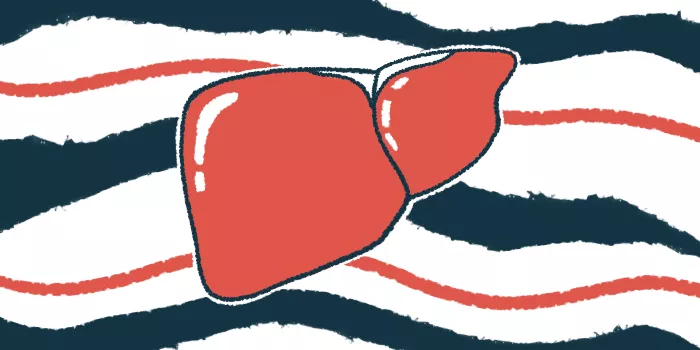Researchers have reported a successful liver transplant in a 6-month-old boy with progressive familial intrahepatic cholestasis type 8 (PFIC8), a rare genetic disorder. The infant, unresponsive to standard treatments, received a liver from a living donor, leading to a significant improvement in his condition.
“This is the youngest PFIC8 patient to require a liver transplant,” the researchers noted. “The positive outcome emphasizes the importance of early genetic testing and timely referral to transplant centers for patients who do not respond to conventional treatments.”
The detailed case, “Youngest Living Donor Liver Transplant for End-Stage Liver Disease in a 6-Month-Old With a Novel Aggressive Mutation in KIF12 Gene,” was published in the journal Pediatric Transplantation.
PFIC is a group of genetic disorders causing cholestasis, where bile flow between the liver and intestines slows or stops, leading to liver damage and bile leakage into the bloodstream. This results in symptoms like itchy skin (pruritus) and jaundice (yellowing of the skin and eyes).
Extremely Rare Condition
PFIC8, a rare subtype, is caused by mutations in the KIF12 gene. This gene helps maintain cell structure and transport molecules inside liver cells. Since the first PFIC8 case was identified in 2019, fewer than 24 cases have been reported.
The current case involved a 6-month-old boy from India, born to related parents, who had jaundice since he was 2 months old. At 4 months, he required a procedure to drain fluid from his abdomen, and he also suffered from severe pruritus and recurrent fevers.
Physical examinations revealed severely delayed growth, an enlarged liver, and several abdominal hernias. Blood tests showed elevated liver enzyme levels, indicating liver injury.
Given the high GGT levels, a marker for liver or bile duct damage, the researchers considered various infant-onset diseases with similar features. Abdominal imaging ruled out biliary atresia, and the absence of extrahepatic symptoms excluded Alagille syndrome. Genetic testing ultimately confirmed a PFIC8 diagnosis with mutations in both copies of the KIF12 gene.
The infant was treated with ursodeoxycholic acid (UDCA) to promote bile flow, along with medications for itching and nutritional therapy. However, his symptoms persisted, prompting the consideration of a liver transplant.
Successful Transplant
A portion of liver from a living donor was transplanted into the boy, along with hernia repairs. Post-surgery, he received immunosuppressive therapy to prevent organ rejection and was discharged 47 days later with stable vital signs and normal liver function. At a one-year follow-up, he showed continued normal liver function, growth, and overall well-being.
“KIF12-related genetic disease should be considered in neonatal cholestasis cases with high GGT levels to differentiate from conditions like biliary atresia,” the researchers advised. Early genetic diagnosis and timely referral to transplant centers can be life-saving for unresponsive patients, they concluded.


